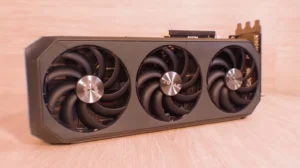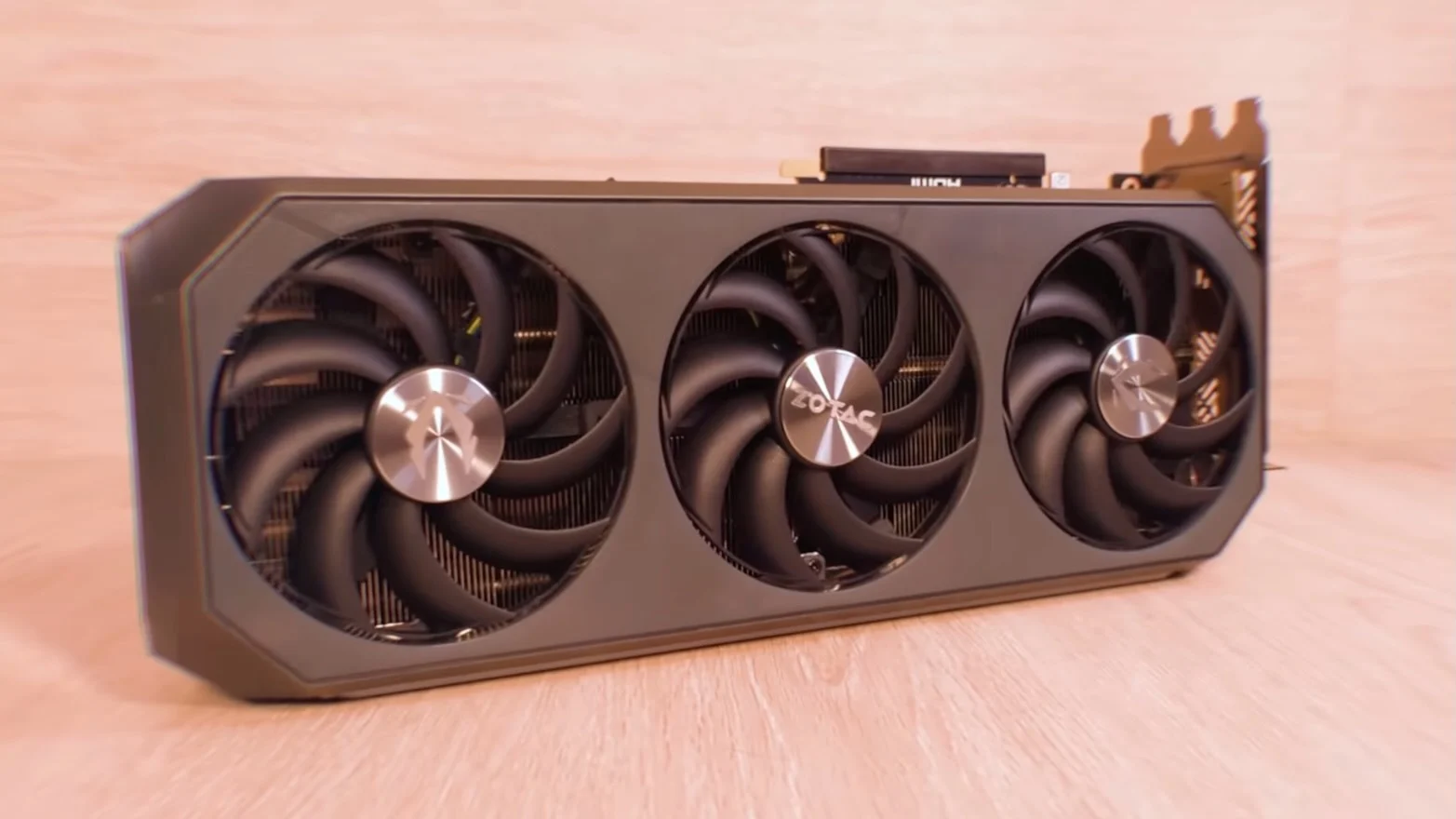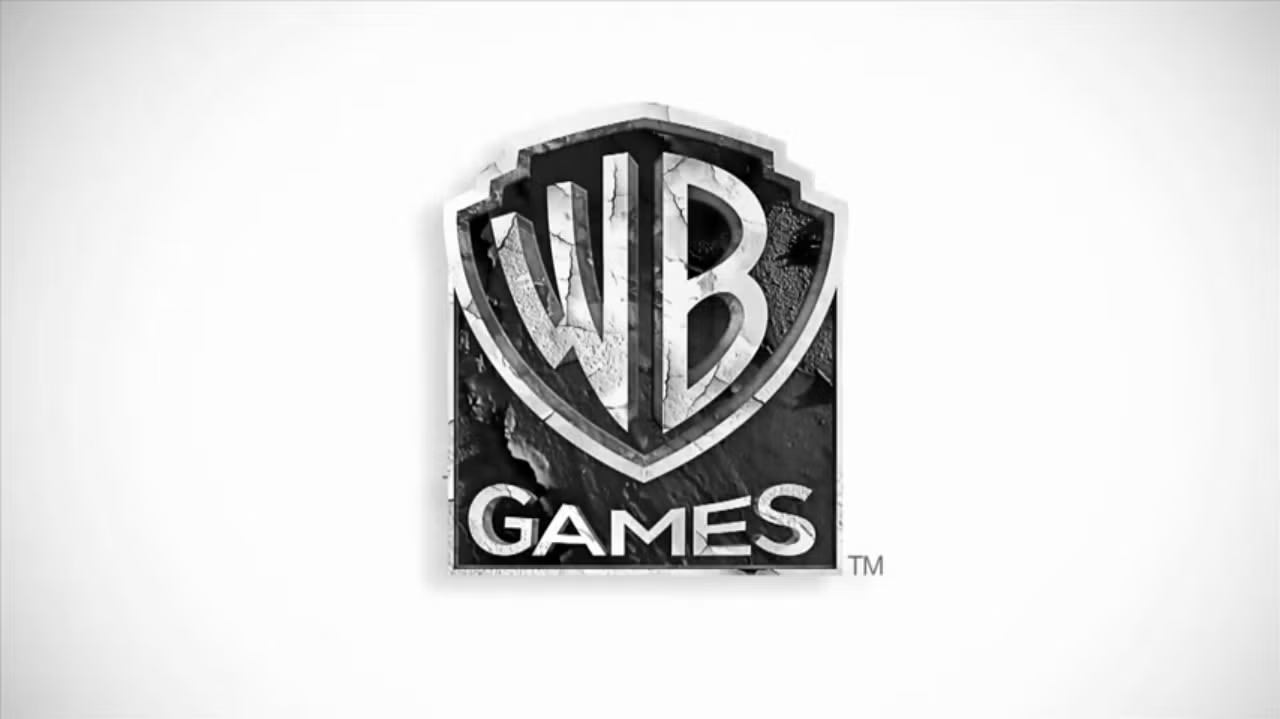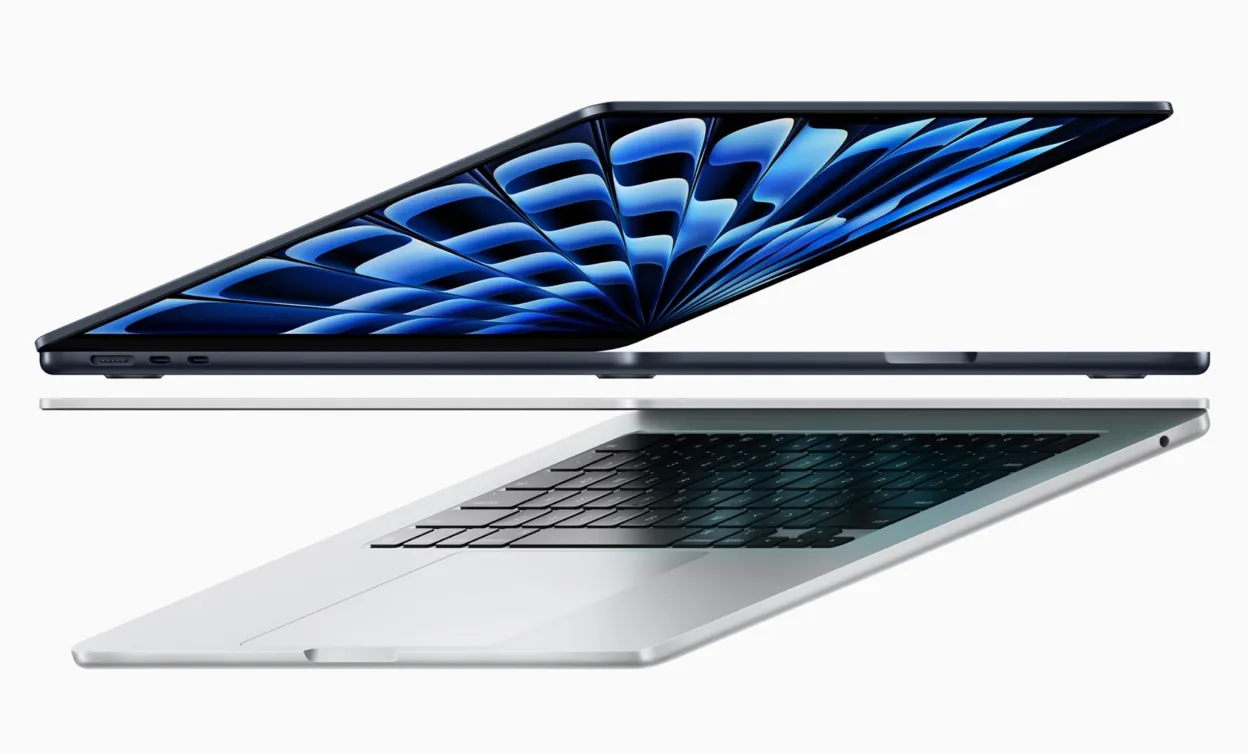It’s the ticking time bomb many Windows 10 users are facing: the impending end of support in 2025. While Microsoft is pushing its shiny new Windows 11, plenty of PCs are being left in the dust, unable to upgrade due to stringent system requirements. But don’t panic just yet! If your Windows 10 PC can’t make the leap, you still have options. Let’s explore the “why” behind this upgrade dilemma and, more importantly, the “what now?” for those stuck in Windows 10 limbo.
Microsoft’s decision to pull the plug on Windows 10 support has sparked a wave of frustration and confusion, particularly for those whose machines don’t meet Windows 11’s demands. This leaves users with a critical choice: risk running an unsupported (and potentially vulnerable) operating system after 2025, or find an alternative path. The clock is ticking, and with the deadline looming, it’s crucial to explore your options sooner rather than later.
Why Is My PC Stuck with Windows 10?
Before we dive into solutions, let’s understand the root of the problem. Windows 11 has notoriously strict hardware requirements, including:
- TPM 2.0: This security chip is a major stumbling block for many older PCs.
- Secure Boot: Another security feature that might not be enabled on your current system.
- CPU Compatibility: Only relatively recent processors make the cut.
- RAM and Storage: Minimum requirements are higher than Windows 10.
If your PC lacks any of these, the upgrade path to Windows 11 is blocked. But fear not, there’s still hope!
5 Options for a Smooth Transition
- The Hardware Refresh:
- What it is: The most straightforward (but potentially pricey) solution. Upgrade your PC’s components (like the motherboard) to meet Windows 11’s requirements.
- My Take: This was actually my route! My old laptop was a trusty workhorse, but it lacked TPM 2.0. Instead of wrestling with workarounds, I invested in a new machine with all the bells and whistles. Yes, it was an expense, but the peace of mind and performance boost were worth it.
- The “Official” Workaround:
- What it is: Microsoft offers a workaround to bypass some requirements, but it comes with a caveat: you might miss out on critical security updates.
- My Take: Proceed with caution! While tempting, this feels like a temporary fix. Security should be a top priority, and skipping updates exposes you to risks.
- Embrace the Linux Life:
- What it is: Ditch Windows altogether and explore the open-source world of Linux. Distributions like Ubuntu and Linux Mint offer a user-friendly experience and excellent compatibility.
- My Take: I’ve dabbled in Linux over the years, and it’s a fantastic option, especially for older hardware. The learning curve might seem steep initially, but the community support is amazing.
- Virtualization to the Rescue:
- What it is: Run Windows 11 within a virtual machine on your existing Windows 10 system.
- My Take: This is a great choice for testing the waters or running specific Windows 11 applications. However, performance might be a concern depending on your PC’s specs.
- The “Do Nothing” Approach:
- What it is: Stick with Windows 10 even after support ends.
- My Take: The riskiest option! Without security updates, your PC becomes increasingly vulnerable to malware and cyberattacks. Not recommended unless you’re extremely comfortable with the risks and have strong security measures in place.
Making the Right Choice
The best option for you depends on your individual needs, budget, and technical comfort level. Weigh the pros and cons carefully. If you’re unsure, seek advice from a tech-savvy friend or a professional.
Remember, the 2025 deadline might seem far off, but time flies! Start exploring your options now to avoid a last-minute scramble.



















Add Comment